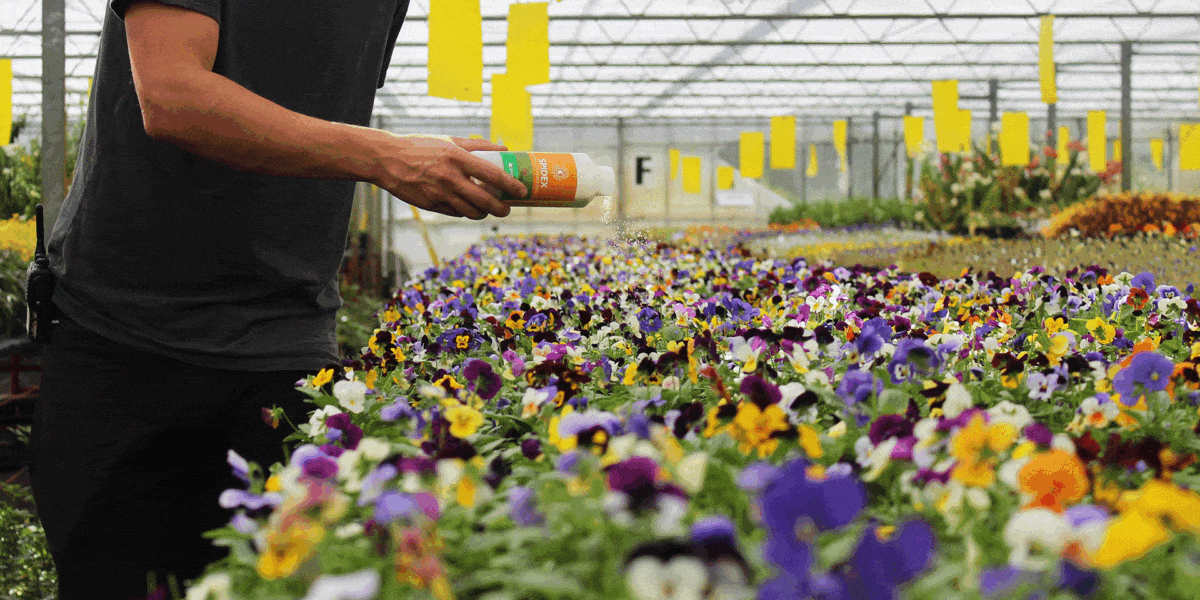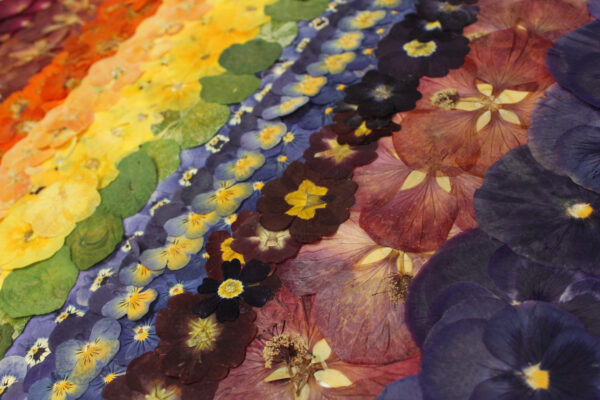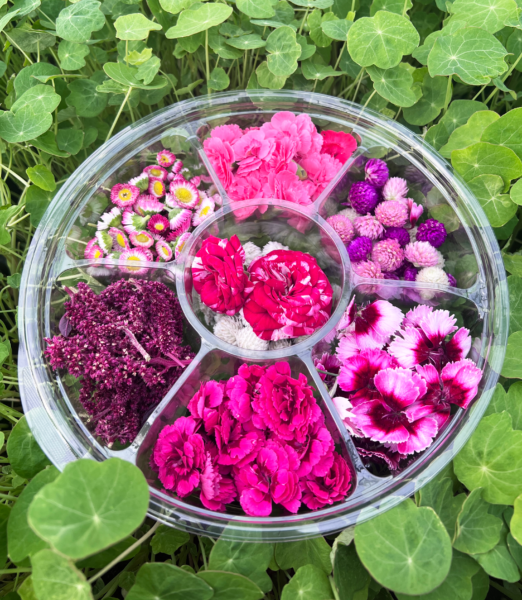 3 July 2024 | Blog
3 July 2024 | Blog
How to Control Garden Pests in the Spring?

Nurtured in Norfolk’s gardening expert Martyn Davey answers all your questions.
If you would like any horticulture query answered please do e-mail our head grower at martyn@nurturedinnorfolk.co.uk to add your thoughts to our weekly horticulture hacks.
No gardener ever wants to see insects causing damage and disruption on any full ripening produce. Luckily, there is a few ways of keeping these unwelcome visitors away this season. Since some pesticides can hurt the beneficial bugs that we actually want to help your plants grow naturally, we have outlined our one major pest problem we encounter at this time of the year.
Fungus Gnats
One of the common problems that we have over the winter in our greenhouses is caused by fungus gnats, also known as sciarid flies, these are associated with damp composts especially in-house plants and seed trays.
The adults are small flies and can be a nuisance, the compost-dwelling larvae can sometimes damage seedlings and cuttings. These insects also occur out of doors where they cause no damage. Cultivated and wild mushrooms can also be attacked. There are many species of fungus gnats, or sciarid flies, most of which are entirely harmless.
Adult fungus gnats are greyish brown flies that are mostly 3-4mm long. They can often be seen running over the surface of seed trays and pots, or they fly slowly around plants. The larvae are slender white maggots, up to 6mm long, with black heads. Their bodies are semi-transparent and it is often possible to see the dark coloured gut contents. They live in the soil or potting compost. This insect thrives in damp composts containing high levels of organic matter. Potting media formulated for houseplants is the best choice for indoor plants.
Adult fungus gnats do not damage plants but they can cause annoyance when they are flying around indoors. The larvae feed mainly on dead roots and other decaying plant material and associated fungal growth. Some species of fungus gnats may also feed on soft plant growth, such as seedling roots and the base of soft cuttings. Established plants are unlikely to be damaged by fungus gnat larvae.
Fungus gnats can breed all year round in greenhouses and houses. The females deposit eggs in the surface layer of the potting compost and these hatch within a few days under warm conditions. The larvae feed on fungal growth and decaying plant material but some species can also damage the roots of seedlings or tunnel into the base of soft cuttings. When fully fed, the larvae pupate in the soil. During the summer the life cycle can be completed in about a month.
Fungus gnats are often more numerous in composts that are constantly wet, allowing compost to dry can reduce infestations, provided this does not affect the health of plants. Potting media formulated for houseplants is the best choice for indoor plants.
If the adult flies are a nuisance, their numbers can be reduced by placing yellow sticky traps near the plants. These are widely available from garden centres
Biological Control
Biological control can be used. Pathogenic nematodes (Steinernema feltiae), predatory mites (Hypoaspis miles, Stratiolaelaps scimitus and ‘Mighty Mite’, Macrocheles robustus) and a predatory rove beetle (Atheta coriaria) are sometimes available by mail order from various biocontrol supply companies. These biocontrols are added to the potting compost where they will help control the eggs, larvae and pupal stages of the flies.
Control of fungus gnats should be aimed at reducing larval numbers by non-chemical methods. There are no synthetic pesticides available to the home gardener that are approved for use on cultivated mushrooms. Contact pyrethroid insecticides such as pyrethrum (considered organic e.g. Bug Clear Gun for Fruit & Veg, Defenders Bug Killer), deltamethrin (e.g. Sprayday Greenfly Killer) or lambda-cyhalothrin (e.g. Westland Resolva Bug Killer) may control the adult flies but this may give only temporary respite if more adults emerge from pupae in the compost.
Martyn Davey – Head Grower

